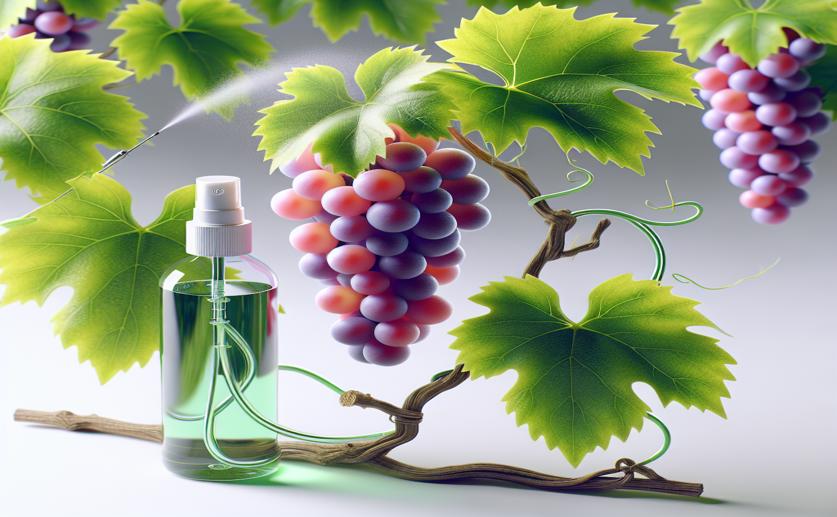
Boosting Grape Health with a Natural Plant Spray
David Palenski
20th January, 2024

Image Source: Natural Science News, 2024
References
Main Study
1) Berry secondary metabolites and leaf physiological parameters are independently regulated by exogenous methyl jasmonate application in Sangiovese grapevines (Vitis vinifera L.).
Published 20th January, 2024
https://doi.org/10.1016/j.plaphy.2024.108378



 24th January, 2024 | Phil Stevens
24th January, 2024 | Phil Stevens